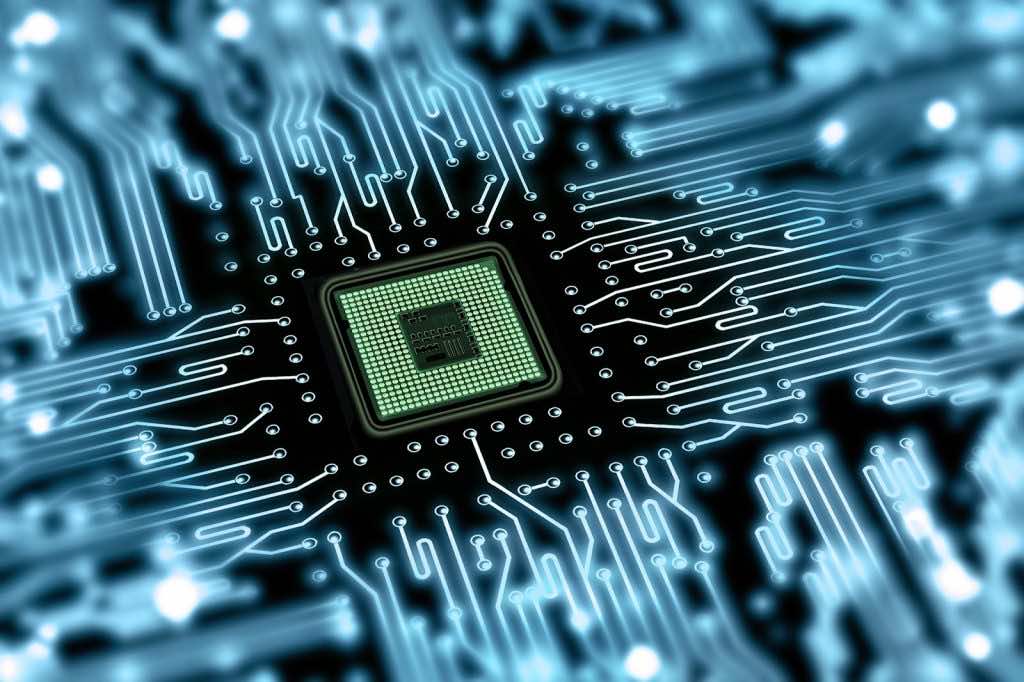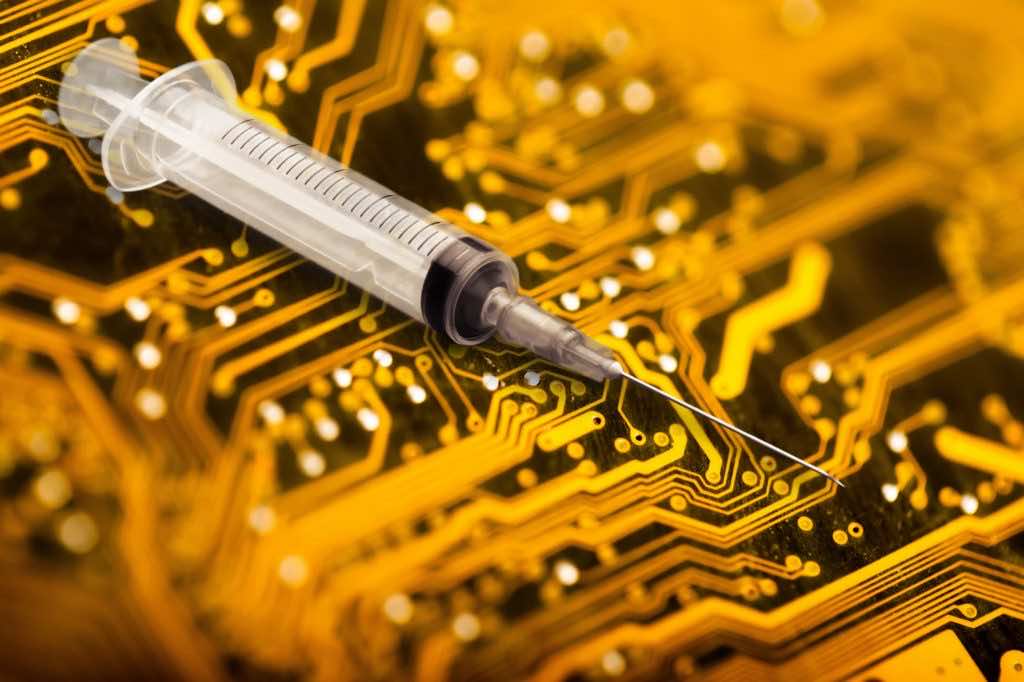The kind of technology that horrifies the most of us is coming to life, the smallest single-chip system gets developed that could be injected into the body.
However, this one comes with an intention of making the health systems and diagnosis better as it would measure temperatures inside the body and would possibly do beyond that too.
Pictures have been revealed of the smallest single-chip system sitting on the tip of a hypodermic needle as the continual miniaturization of electronics opens up some exciting possibilities.

The implant developed engineers at Columbia University is as small as a dust mite and makes it the tiniest single-chip system designed to date. It asked for some outside-of-the-box thinking especially when it came to developing the way it would power and communicates. To make it work, the team used a piezoelectric transducer that plays the role of an antenna for wireless powering and communication through ultrasound.
The tech conducts real-time temperature sensing using an onboard low power temperature sensor to turn the chip on for its functioning. The implant’s capabilities were shown when injected in live mice in a test where it was used for ultrasound neurostimulation. Researchers used intramuscular injections with a syringe to make these implants.

The scientists imagine these types of chips being implanted into the human body, and then wirelessly communicating data on what they measure via ultrasound. As of now, this is limited to body temperature, however, other possibilities include blood pressure, glucose levels, and respiratory function.
“We wanted to see how far we could push the limits on how small a functioning chip we could make,” says the study’s leader Ken Shepard. “This is a new idea of ‘chip as a system’ – this is a chip that alone, with nothing else, is a complete functioning electronic system. This should be revolutionary for developing wireless, miniaturized implantable medical devices that can sense different things, be used in clinical applications, and eventually approved for human use.”


